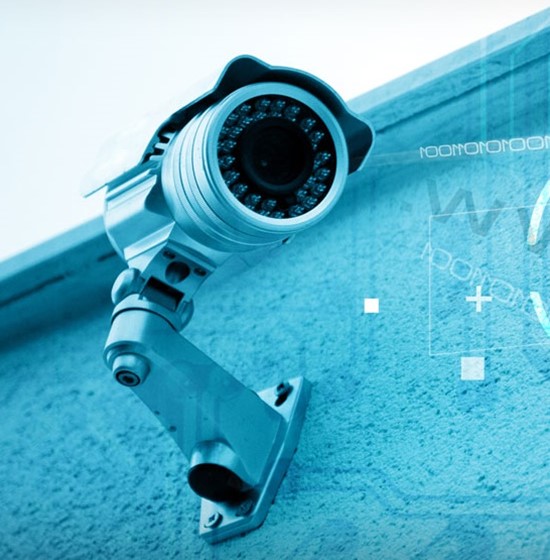For home and small business owners, installing a video surveillance system is one of the most effective ways to protect assets and deter theft. But after your system is up and running, you’ll want to ensure that it stays that way. An uninterruptible power supply, or UPS system, will keep your cameras going in the event of a power surge or outage.
To maximize the efficiency of your IP camera installation and allow room to expand, it’s important to size your UPS system correctly. The more closely the UPS capacity matches the load, the more efficiently it will operate. However, a unit with insufficient capacity may be unable to support your equipment when needed. A UPS with an output watt capacity that’s 20% to 25% higher than your total load will provide protection and account for growth, but choosing one that’s too large can be wasteful, both in terms of money and space.
So how do you properly size your UPS system for efficiency and growth?
- Make a list of everything that will be plugged into the UPS. Typically, this list will include your cameras and network video recorder (NVR).
- Write down the wattage for each piece of equipment.
- Add the wattages together to get the total wattage requirement for your connected equipment.
- To account for growth in your installation, you will need a UPS with a greater output watt capacity than your total requirement. Though your actual plans may require more, Tripp Lite recommends assuming at least 20% growth over a five-year period. Determine the amount of growth you want to accommodate, then multiply your wattage accordingly (i.e., to account for 20% growth, multiply your total by 1.2).
Once you’ve determined your system’s wattage requirement and accounted for growth, it’s time to consider runtime or the number of minutes the UPS will provide battery backup if utility power fails. It’s important to choose a UPS with a high enough capacity to support your desired runtime, but keep in mind that as power capacity increases, runtime decreases. In other words, adding more equipment to a UPS system will result in a shorter runtime. That said, how long will you need to keep your system operational if power fails—or is purposely cut by a would-be burglar? In most instances, 15 to 20 minutes of runtime will allow your system to continue running long enough to record incriminating evidence.
An IP surveillance system consisting of an NVR and four cameras will typically consume between 400 and 500 watts. Let’s assume your system will consume 400. Accounting for 20% growth, a UPS with a 480-watt capacity would be sufficient for protection but would not provide ample runtime in the event of an outage. In reality, providing sufficient protection plus 15 to 20 minutes of runtime would require a UPS with a considerably higher capacity.
Because nature is so unpredictable, there’s no telling when power problems may occur. For that reason, proper implementation of battery backup in your IP camera installation is a wise decision.
BT-SA has an Authorised Tripplite Service Centre in Midrand for your convenience. Contact our Electrical Department on 0860 105 183 for support.
Source: www.tripplite.com

